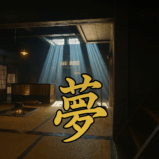Visited: April 29, 2025
It was my second time getting off at Hankyu Nagaoka Tenjin Station.
The first was on a winter day.
I had planned to explore Kyoto, but while checking my phone on the train, I started to feel train-sick.
So I got off on impulse at Nagaoka Tenjin Station.
The cold winter air helped me recover, and since I was there, I decided to take a short walk and have a meal.
That day, I stopped by a small restaurant called Wakatake,
the very same place where I would later return to enjoy the “Take Gozen”—a seasonal bamboo shoot set meal.
I still remember thinking to myself, “Next time, I’ll come back when the bamboo shoots are in season.”
But that day, the town was covered in snow.
Only one food stall stood open near Nagaoka Tenjin Shrine, while every other shop had its shutters closed.
As I walked through the quiet, almost lonely shrine grounds,
I found myself looking forward to the next season, when the place would surely come alive again.
And now, it was spring.
Once again, I got off at this station — this time to finally enjoy the long-awaited “Take Gozen”
and to see Nagaoka Tenmangu Shrine in all its lively, festive spirit.
However, since I had just eaten udon gyoza back in Takatsuki, I wasn’t hungry at all.
So I decided to start by taking a walk, hoping the stroll would help me work up an appetite.
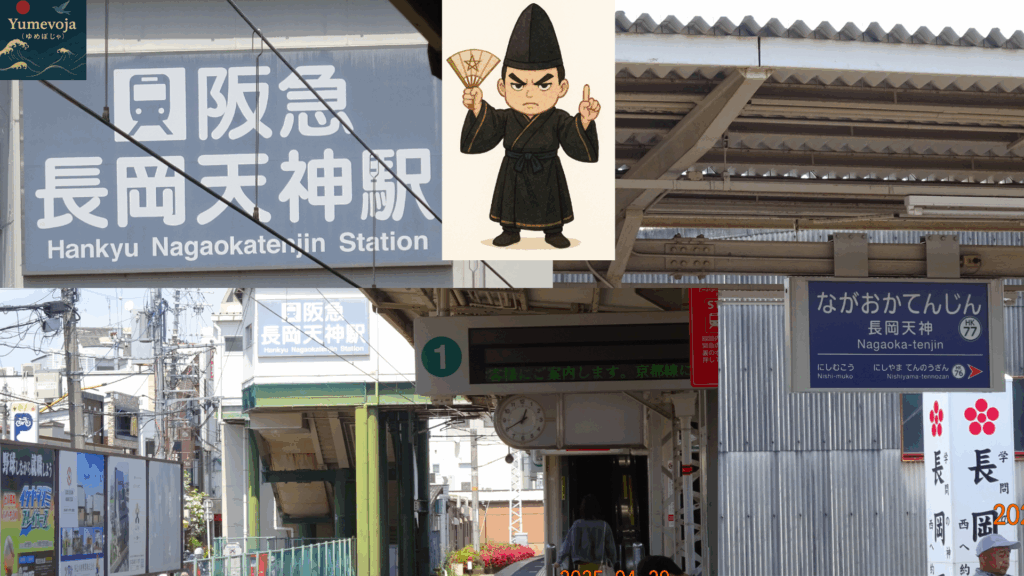
🥢 Checking the Showcase
First, I went to check the restaurant’s showcase —
to make sure they were serving the “Take Gozen” I had come for.
Seeing the beautiful bamboo shoot set meal displayed in the showcase, I felt relieved.
However, the price was quite high — 4,500 yen.
I even saw a few older customers glance at the menu, whisper “That’s too expensive…,” and walk away with a sigh.
I hesitated for a moment too.
But this dish wasn’t part of the lunch menu — it was the same price all day and carefully prepared.
Since this was exactly what I came for, I decided to go ahead and have the set meal.
Before eating, though, I thought I’d take a short walk to work up an appetite.
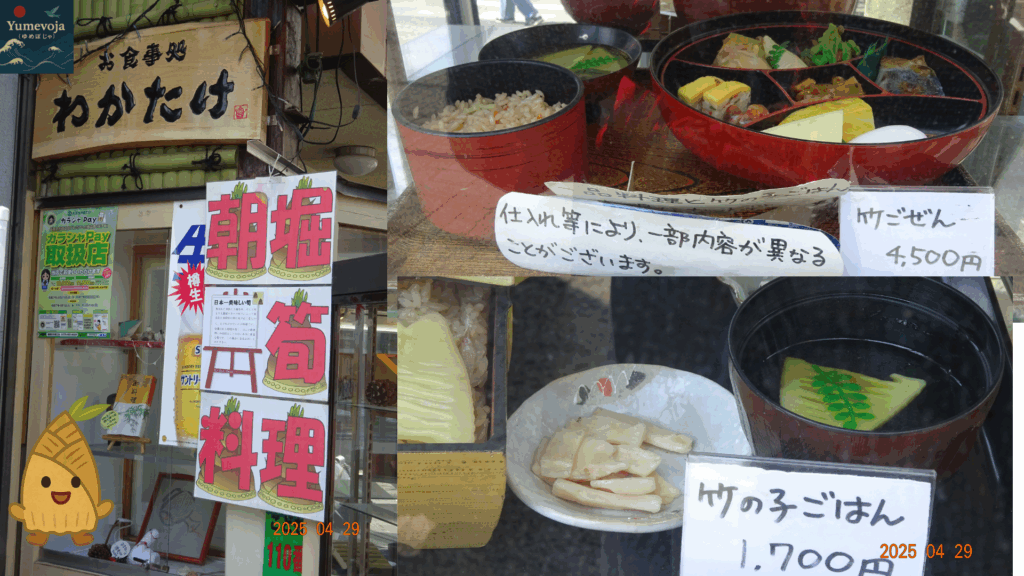
🏞️ Strolling Around Hachijō Pond
A short walk from the station brought me to Hachijō Pond.
Fresh green leaves reflected gently on the surface of the water,
and people were strolling peacefully along the path.
What began as a simple walk to work up my appetite
turned into an unexpected moment to feel the quiet beauty of the changing season.
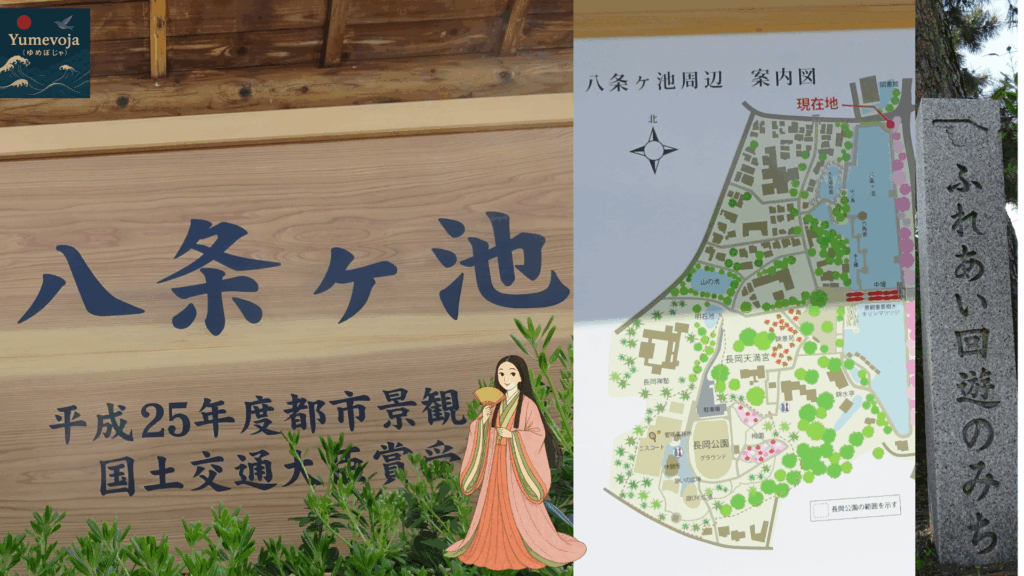

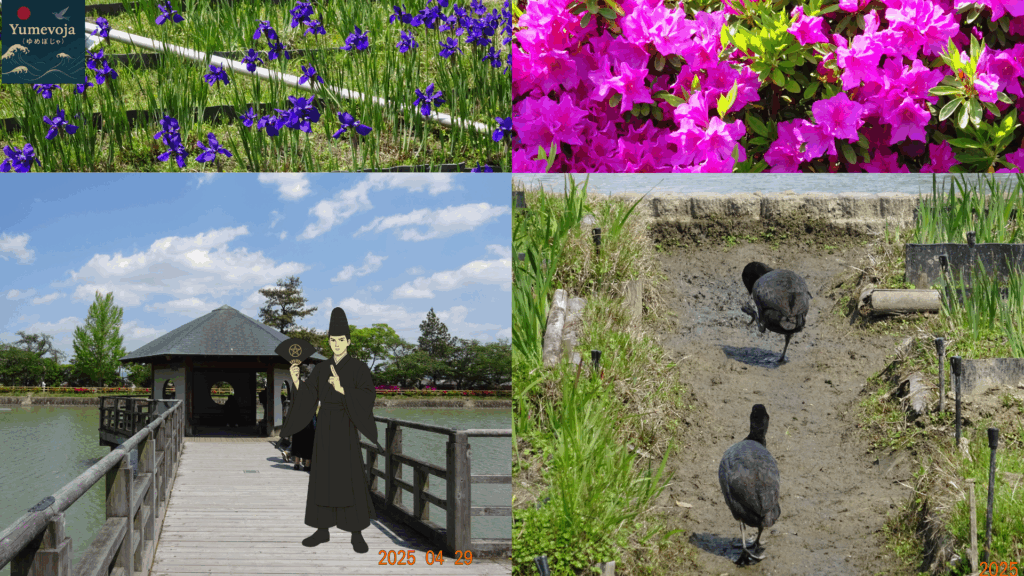
⛩️ Visiting Nagaoka Tenmangū Shrine
Next, I made my way to Nagaoka Tenmangū Shrine.
During my previous winter visit, only one food stall had been open amid the snow,
but this time the approach was lined with many vendors,
overflowing with the lively spirit of spring. 🌸

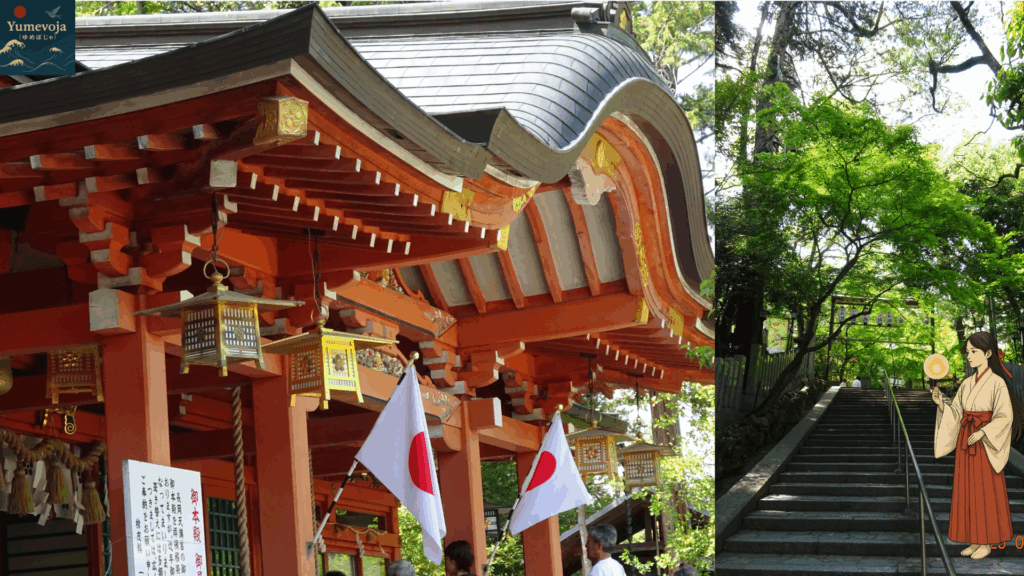
🌸 Reflecting on the Fleeting History of Nagaoka-kyō
As I offered my prayers, I found myself reflecting on the history beneath my feet.
This was once the site of Nagaoka-kyō, an ancient capital established by Emperor Kanmu.
Yet despite his grand vision, the city was abandoned after barely a decade—
undone by natural disasters and political strife that swept through the era.
A capital that ended before it was ever completed —
its fate shaped, in part, by the ancient beliefs of Onmyōdō, the Way of Yin and Yang.
In those times, people saw disasters and misfortune as signs from the heavens.
To escape ill omens and “reset their destiny,” they chose to move the capital itself.
Today, this path is alive with flowers and people,
yet it once stood on the stage of a vanished capital.
As I walked, thinking of that fleeting history,
the scene before me felt all the more precious.
🥢 The Long-Awaited “Take Gozen” (Bamboo Set Meal)
With my appetite finally back, I stepped into the restaurant at last.
I ordered the Take Gozen — a seasonal set meal made with freshly harvested bamboo shoots.
Each bite offered a balance of tenderness and firmness,
a harmony of subtlety and strength.
It truly felt like the luxury of tasting the season itself.

🪷 Reflection
Even when visiting the same place,
the season and the awareness of its history can transform the journey completely.
The quiet snow of winter, the lively air of spring, and the memories of an ancient capital—
Nagaoka Tenjin is more than just a sightseeing spot.
It’s a place where one can experience a mature journey that walks hand in hand with history.
📎 Related Posts
Click to read more:
👉 🍵 Beauty & Taste (Osaka–Kyoto) ② / ③ Nagaoka Tenjin-The Bamboo Shoot Set Meal | YUMEVOJA
📎 Related Posts
Click to read more:
👉 🚉Stopover Journey (Osaka – Kyoto) ① / ④ Takatsuki- A Fort Walk and a Chance Encounter with the ‘Crying Sumo’ |YUMEVOJA
👉 🚉Stopover Journey (Osaka – Kyoto) ④/④ Night at the Thousand Torii Gates – YUMEVOJA

Today’s bonus capsule!
✨ Gateway to the Showa Era-Pink Lady
The Showa era (1926–1989) was a time when modern technology and ideas began to transform everyday life in Japan.
Pink Lady
Pink Lady was pure magic. Their songs like “UFO” and “Southpaw” echoed from the TV, — and there were so many others we loved just as much. I remember dancing along with friends, trying to copy their moves.
Music shows were family events back then — everyone gathered around the television, laughing and cheering.
At school the next day, we’d ask, “Did you see their costumes last night?”
Pink Lady wasn’t just an idol group — they were a social phenomenon that swept through every generation.
🌸 Today
Now, we live in the age of TikTok and YouTube, where anyone can have their own stage.
Even along the path of Nagaoka Tenjin Shrine, I see young people filming videos with their smartphones.
Unlike the Showa days when television was the ultimate stage, today’s performers can reach the world instantly.
Looking back, that sense of exclusivity — when being on TV felt like a dream — made the Showa era truly special.
🌏 Across the World
Pink Lady’s songs are still loved overseas — covered, remixed, and danced to by fans around the globe.
To many in the English-speaking world, they are Japanese pop icons — a blend of nostalgia and exotic charm that transcends time.
Even today, when the music starts, my body remembers the moves —
as if the rhythm has been quietly living inside me for decades.💃✨
